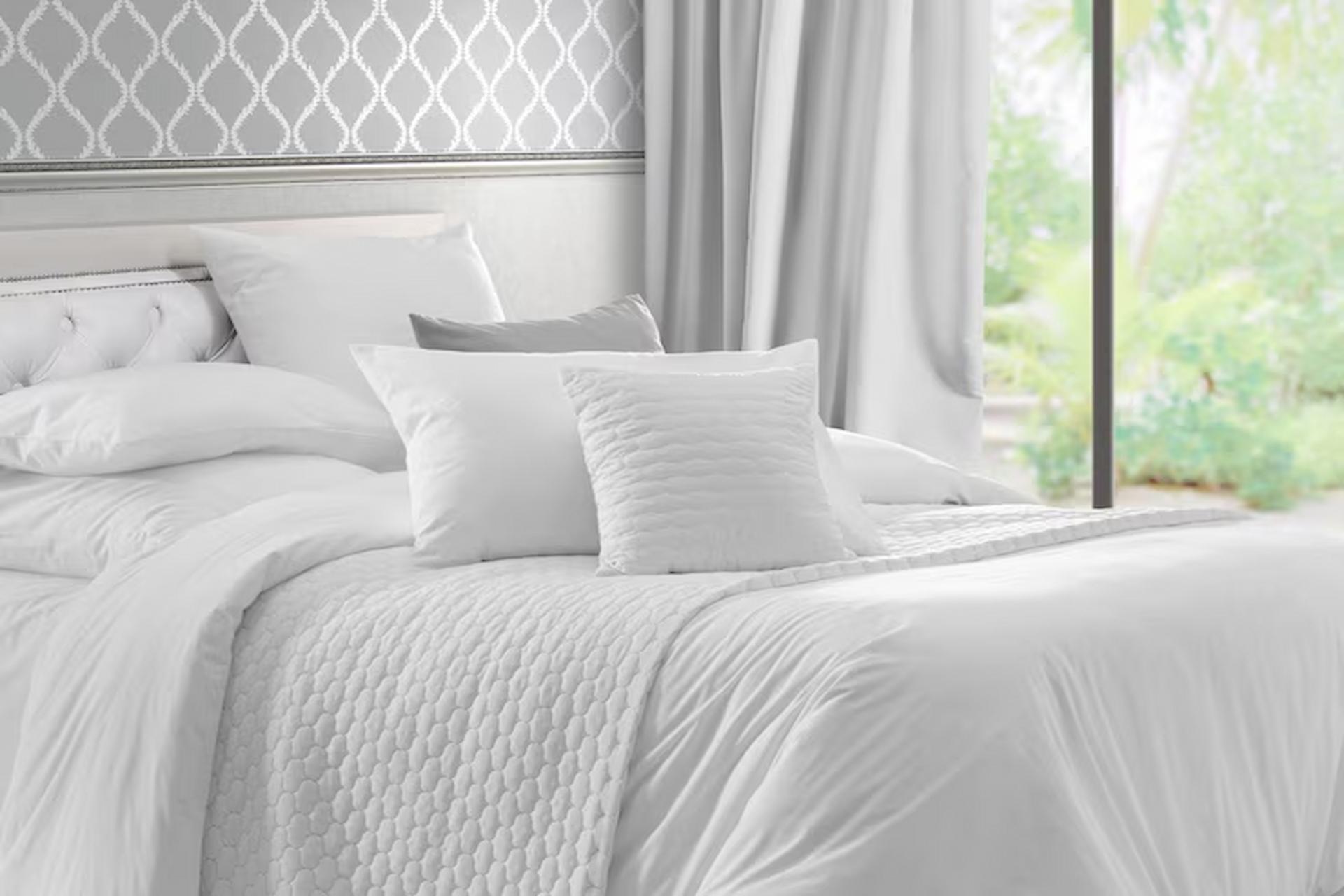Whether you are adapting your home for yourself or for a family member, your whole house needs to be wheelchair accessible. Whatever your motivation, freedom and independence are two of the most important things every person deserves, and all members of your household will eventually benefit from the modifications and accessibility-based home improvements you make.
Creating a wheelchair-friendly home revolves around removing as many barriers as possible, thus making daily chores, ablutions, and tasks as simple as possible.
Interiors
Wherever possible, stairs between floors should be replaced with ramps and, ideally, a quality stairlift should be installed for ultimate ease of access. In an ideal world, although expensive, people with reduced mobility would greatly benefit from all carpets being replaced throughout with wooden vinyl flooring, as this is a lot easier on which to maneuver.
Bathrooms are often the most difficult room to negotiate when considering people with reduced mobility. Therefore, handrails should be installed in the bath, and next to the toilet, light switches should be adapted so they can be switched on and off with long rope switches and faucets should be as low as possible and not instantly produce hot water so as not to scald the user.
It would be prudent to replace all traditional doorknobs with knobs shaped more like levers throughout the home, which open the door by pulling down rather than turning. However, a far more effective and multi-beneficial change would be to install automatic sliding doors where possible on your property. These types of doors can be opened by a handicap door opener, creating easier access for those with reduced mobility. Automatic sliding doors also provide remote-control key fobs and wall-mounted push buttons for increased accessibility.
Exteriors
Non-disabled people and access-users alike, everybody wants to return to their home after a long day at work quickly and safely.
A door entry system is a brilliant way to ensure fast entry to the property, and the front and back doors should be widened, as should other doorways in the house. In addition, ramps should be permanently installed, especially if the front and back doors are not on ground level and the path to the front door must be wide enough to accommodate a wheelchair.
Garden design is another often overlooked consideration when modifying homes for people with reduced mobility. Access paths should be level, and it is advisable to build any raised flower beds or planted areas higher from the ground to make watering and pruning easier. Gravel is a cost-effective and aesthetically attractive choice for garden paths, which will be just as helpful to wheelchairs as for wheelbarrows, buggies, and lawnmowers. Edging is important in gardens designed for access; raised timber edges are a good idea to mark out garden borders clearly.
Completing the garden with accessible seating is a fabulous, thoughtful, and rewarding finishing touch as, just as inside the home, wheelchair users deserve to experience the peace and tranquillity a well-designed garden provides.



